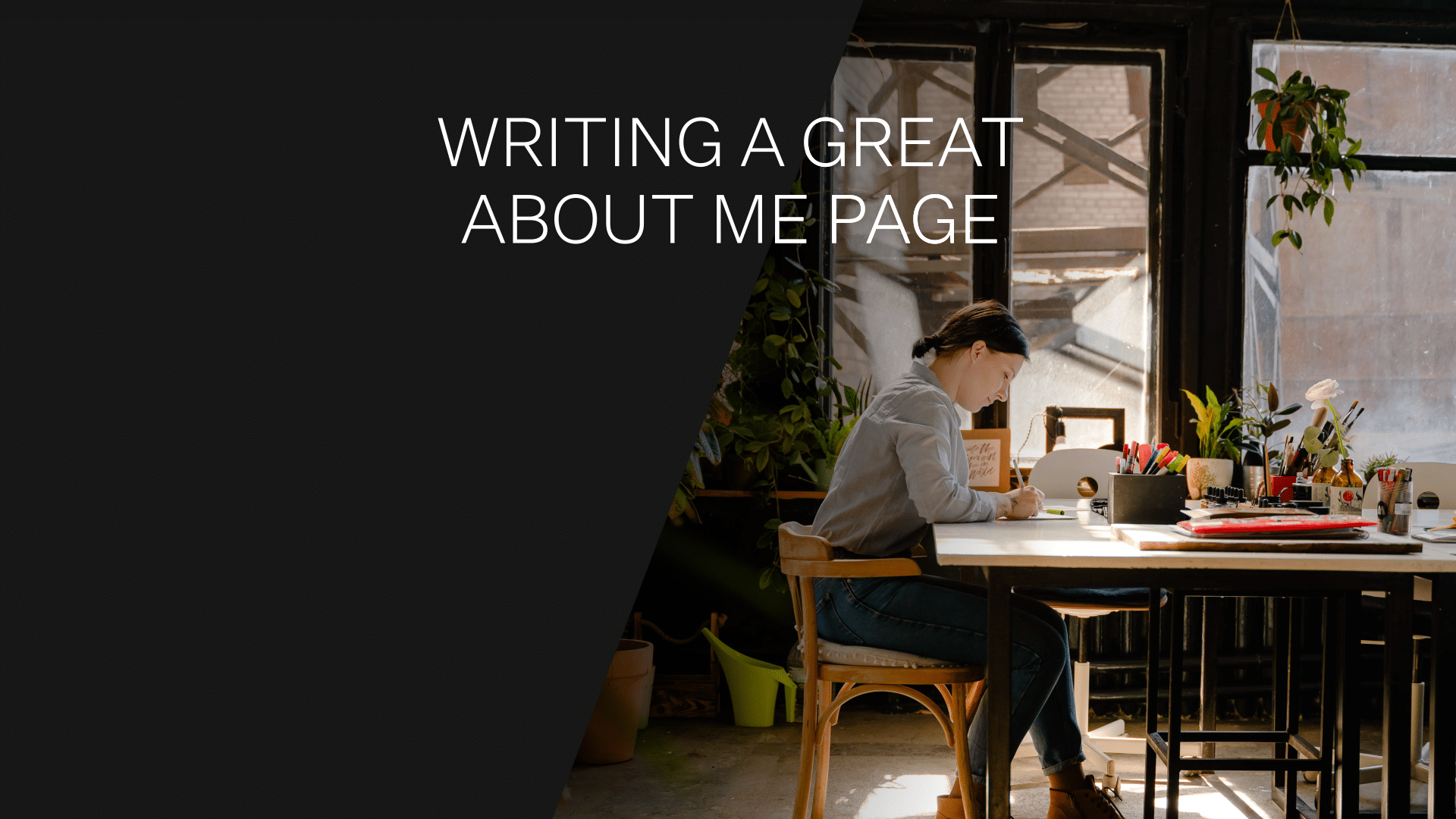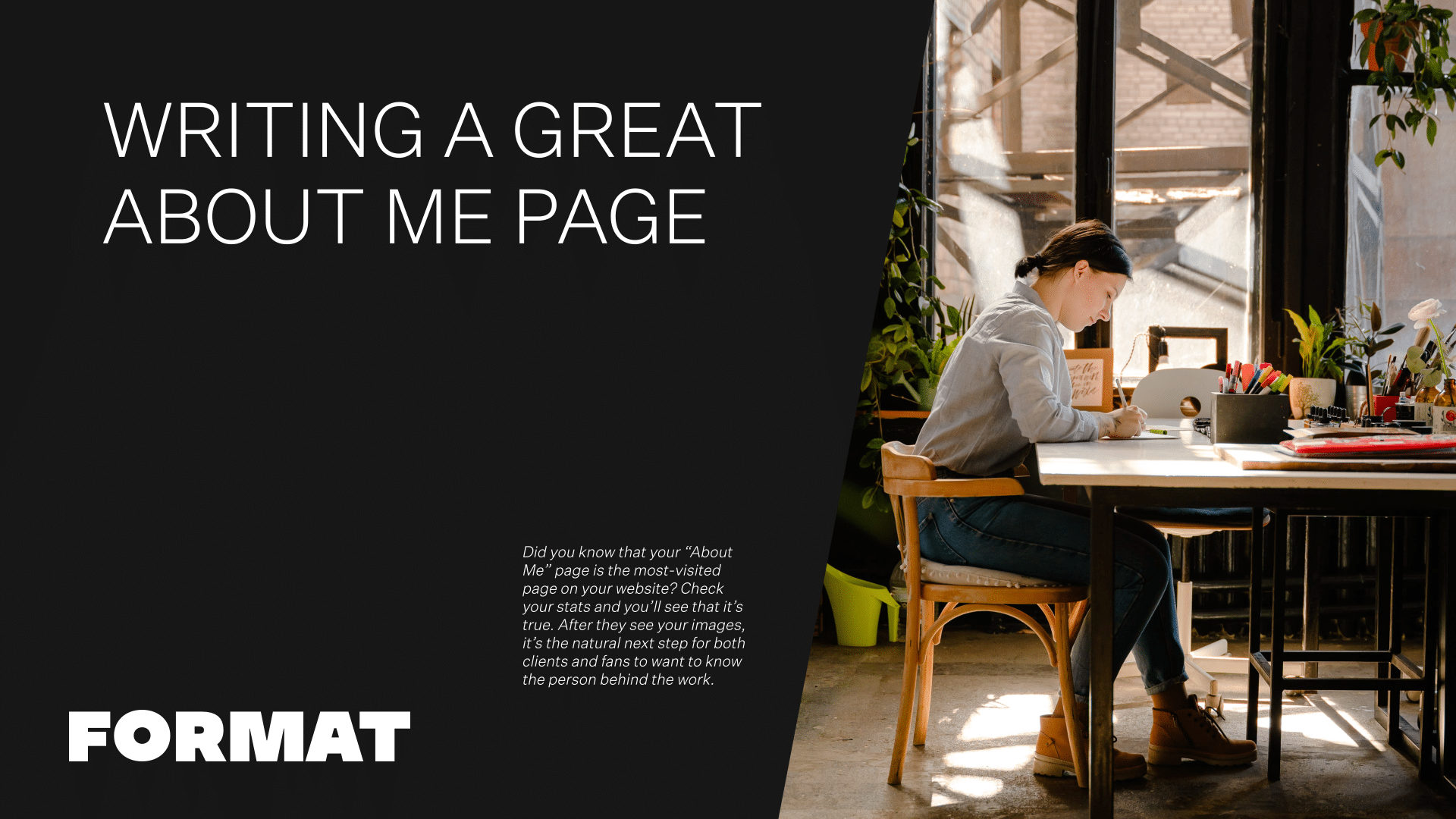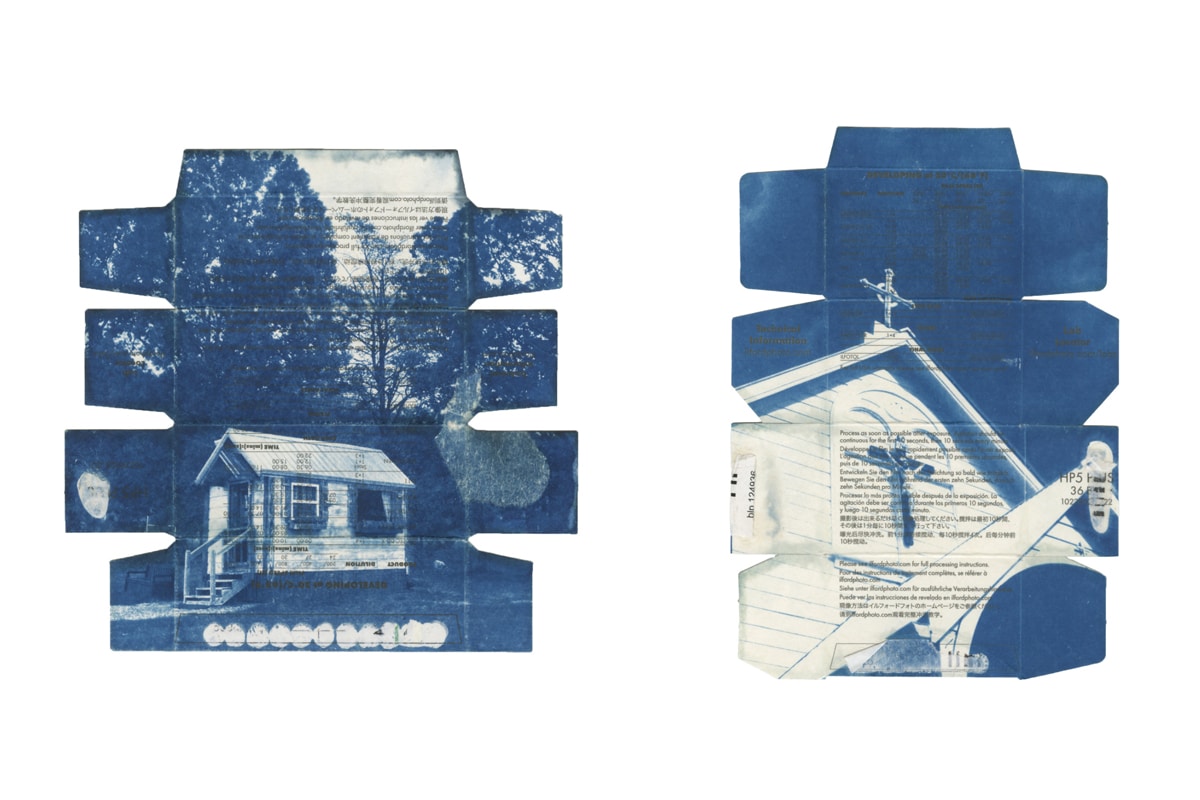Wusstest du, dass deine "Über mich"-Seite die meistbesuchte Seite auf deiner Website ist? Überprüfe deine Statistik und du wirst sehen, dass es wahr ist. Nachdem sie deine Bilder gesehen haben, ist es für Kunden und Fans ein natürlicher nächster Schritt, die Person hinter der Arbeit zu kennen. Menschen, die auf deine Website kommen, wollen mehr über dich, den Zweck deiner Arbeit, deine Ziele oder Dienstleistungen und vieles mehr erfahren.
Lebensläufe sind eine gute Sache, um sie auf Websites einzubinden, aber Kreativschaffende, die gerade erst anfangen, haben vielleicht noch nicht viel Erfahrung vorzuweisen. In diesem Fall solltest du ein gutes "Über mich"-Statement schreiben und dann überlegen, ob du stattdessen einen Link zu deinem Lebenslauf einfügst - zeig dich von deiner besten Seite!
Hier sind einige Schritte, die du für eine gute "Über mich"-Seite befolgen solltest:
Stell dich vor
In der allerersten Zeile deiner "Über mich"-Seite kannst du den Besuchern einfach sagen, wer du bist. Überlege dir, wie du dich jemandem vorstellen würdest, der dich fragt, was du machst, und fange einfach damit an. Erwähne auf jeden Fall die Stadt, in der du ansässig bist.
Setze den richtigen Ton für die Art von Arbeit, die du suchst.
Nicht alle Aussagen sind gleich! Die Ziele einer Kunst-Website und einer Kunden-Website können sehr unterschiedlich sein - bedenke, wer dein Publikum ist. Wenn du zum Beispiel ein Hochzeits- und Porträtfotograf bist und dich an Privatkunden wendest, kannst du deine Texte etwas gesprächiger gestalten. Wenn du dich jedoch um eine Anstellung bewirbst oder dein Portfolio an Galerien schickst, die es für eine Ausstellung in Betracht ziehen, sollte dein Text eher formell sein.
Erwäge die Auflistung von Preisen und Auszeichnungen
Wenn du für deine Arbeit mit Preisen oder Stipendien ausgezeichnet wurdest, kannst du dies auf deiner "Über mich"-Seite aufführen. Auch Erfahrungsberichte von Kunden können eine gute Idee sein, wenn sie zu deiner Website passen.
Füge ggf. ein paar persönliche Angaben hinzu
Bist du ein Hundebesitzer? Malst du gerne in deiner Freizeit? Bist du ehrenamtlich tätig? Es mag unprofessionell erscheinen, solche kleinen Details zu erwähnen, aber eine Biografieseite, die nur arbeitsbezogene Informationen über dich auflistet, bietet keine vollständige Vorstellung. Es ist leicht, die Berufserfahrung einer Person zu überfliegen und nicht das Gefühl zu haben, dass du etwas Persönliches über sie erfahren hast. Wenn du kurz etwas Interessantes über dich erzählst, wird deine "Über mich"-Seite einprägsamer.
Füge ein Foto von dir bei
Wähle ein Foto, das deine Persönlichkeit repräsentiert. Je nachdem, wie dein Online-Portfolio aussieht und welche Art von Arbeit du machst, kannst du ein eher professionelles Bild (z. B. ein Porträt) oder etwas Persönliches (z. B. ein Foto von dir bei der Arbeit in deinem Studio) wählen. In jedem Fall hebt sich dein Online-Portfolio durch ein Foto von anderen ab, da die Besucher deiner Website deinem Namen ein Gesicht zuordnen können.
Korrekturlesen und bearbeiten
Es scheint offensichtlich zu sein, aber es ist leicht, diesen wichtigen Schritt zu vergessen - und Tipp-, Rechtschreib- und Grammatikfehler lassen deine "Über mich"-Seite schlampig und unprofessionell erscheinen. Lies alles, was du geschrieben hast, gründlich durch, bevor du deine "Über mich"-Seite veröffentlichst.
Und schließlich: Schau dir die Websites anderer kreativer Profis an, die du bewunderst, und sieh dir an, wie sie über ihre Arbeit sprechen und welche Art von Erfahrung sie auflisten. Nimm dir die Websites deiner Vorbilder zum Vorbild, um deine eigene Seite zu erstellen.













